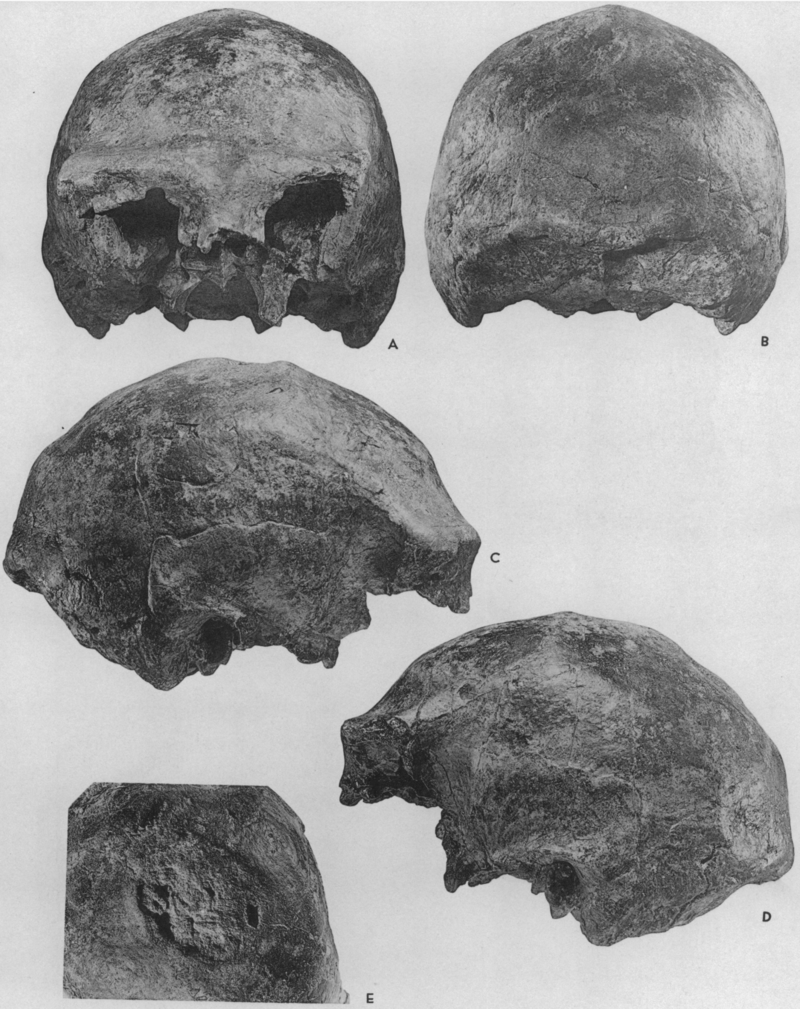Who were the first humans to set foot in Indonesia? This question persists among many Indonesians, given the country's rich diversity of ethnicities and races. While the theories from the members of Göttingen school of history (1870s) are considered outdated, a prevailing belief among Indonesians suggests the presence of at least two indigenous races: Mongoloid in the west and Melanesoid (part of the Negrito race) in the east.

Before various ethnic groups arrived and settled in Indonesia, various types of ancient humans were known to roam this region. One of them is the Solo Man (Homo erectus soloensis). These ancient human fossils were first discovered by Dutch paleoanthropologist Eugène Dubois in his quest to find the missing link in human evolution. Dubois found parts of a thigh bone and a skullcap dating back to the late Pliocene or early Pleistocene period at the Trinil site along the Bengawan Solo River. This human was then hypothetically named Pithecanthropus erectus. From 1931 to 1933, under the direction of Oppenoorth, ter Haar, and German-Dutch geologist Gustav Heinrich Ralph von Koenigswald, 12 skull pieces (including well-preserved skull caps) and two right shinbones, one of which was essentially complete, were discovered.
Despite some similarities with the Peking Man (Homo erectus pekinensis), the Solo Man's skull features a narrow crown in proportion to the cheekbones, allowing both cheekbones to remain visible from above. With an average brain volume exceeding 1,000 cm3 and notably thick and heavy shin bones, the Solo Man's cognitive abilities and physical stature were remarkable. This intelligence influenced their culture, often referred to as the Ngandong culture, characterized by the adept use of animal bones, stingrays' spines, and sedimentary rocks crafted into various tools, from axes to spears.

In 1951, Weidenreich and von Koenigswald's research highlighted severe injuries on the Solo Man's skull, interpreted as potential signs of cannibalism or ritual headhunting. However, debate persists, with some attributing these injuries to volcanic eruptions or excavation damage. In his book, Soekmono (1981), an Indonesian archaeologist, based on the opinions of researchers, asserts that alongside cultural advancements, ancient humans, including the Solo Man, developed complex thoughts, emotions, and spirituality, leading them to believe in a higher power, akin to the modern concept of God.
Despite their advanced culture and intellect, the Solo Man eventually became extinct during the Pleistocene era. However, the exact reasons for their extinction remain elusive to researchers to this day.



















